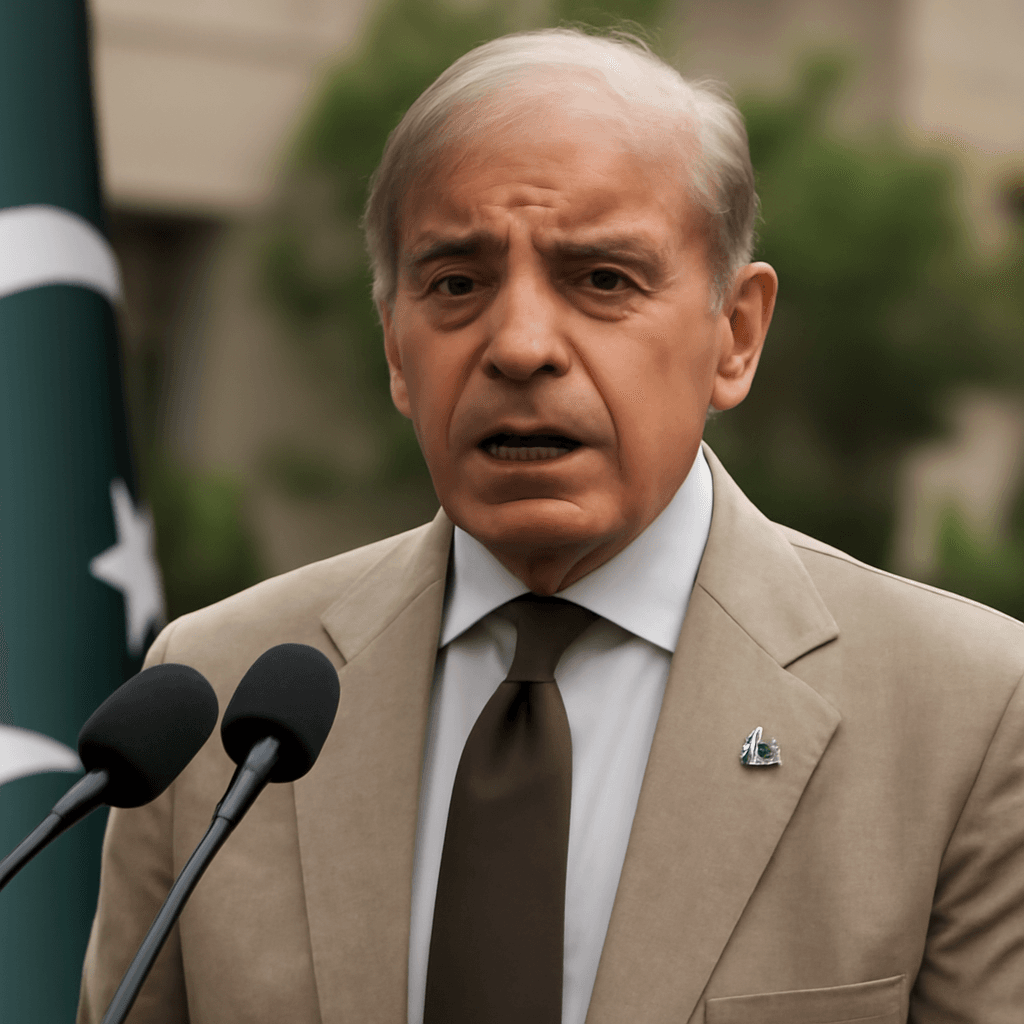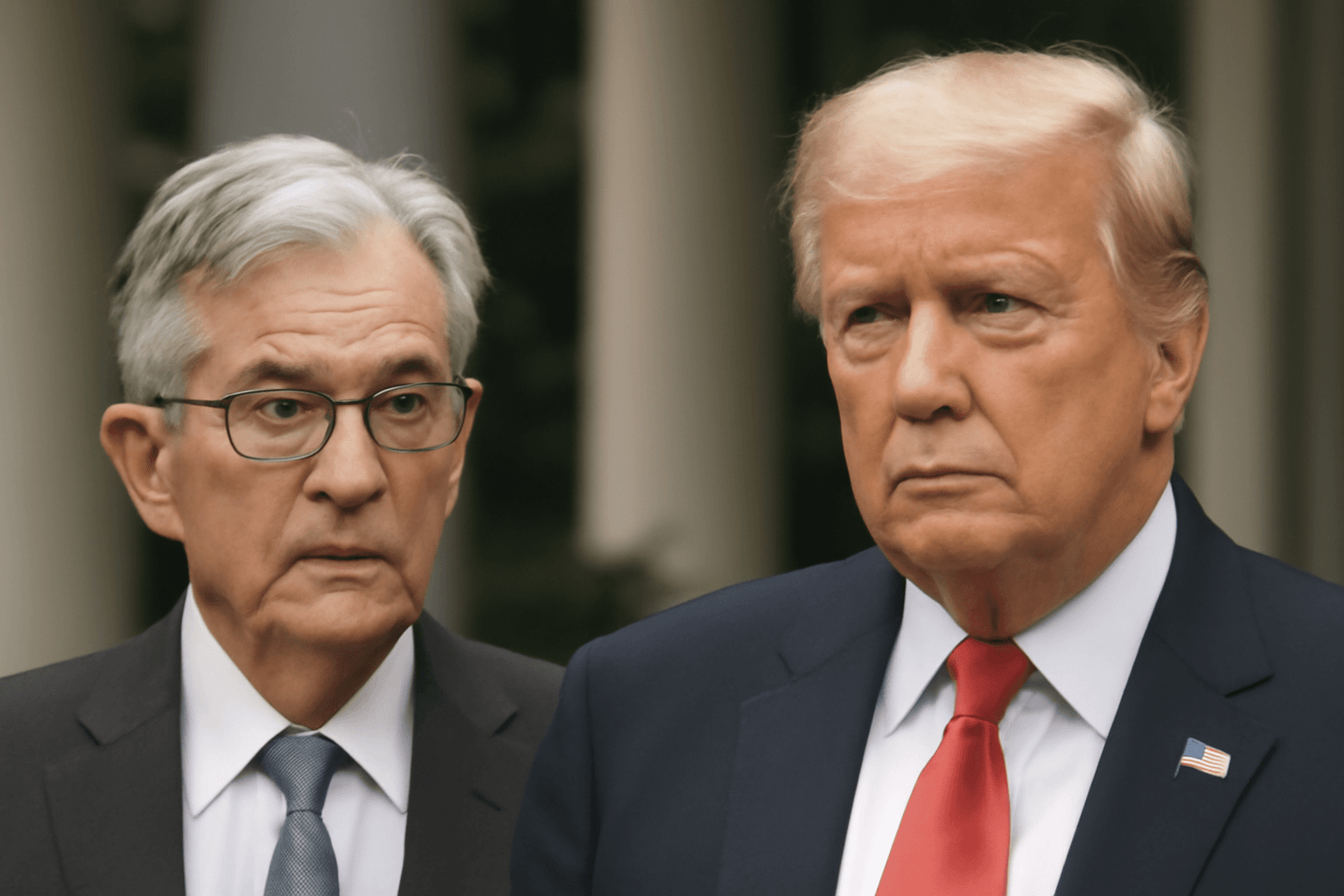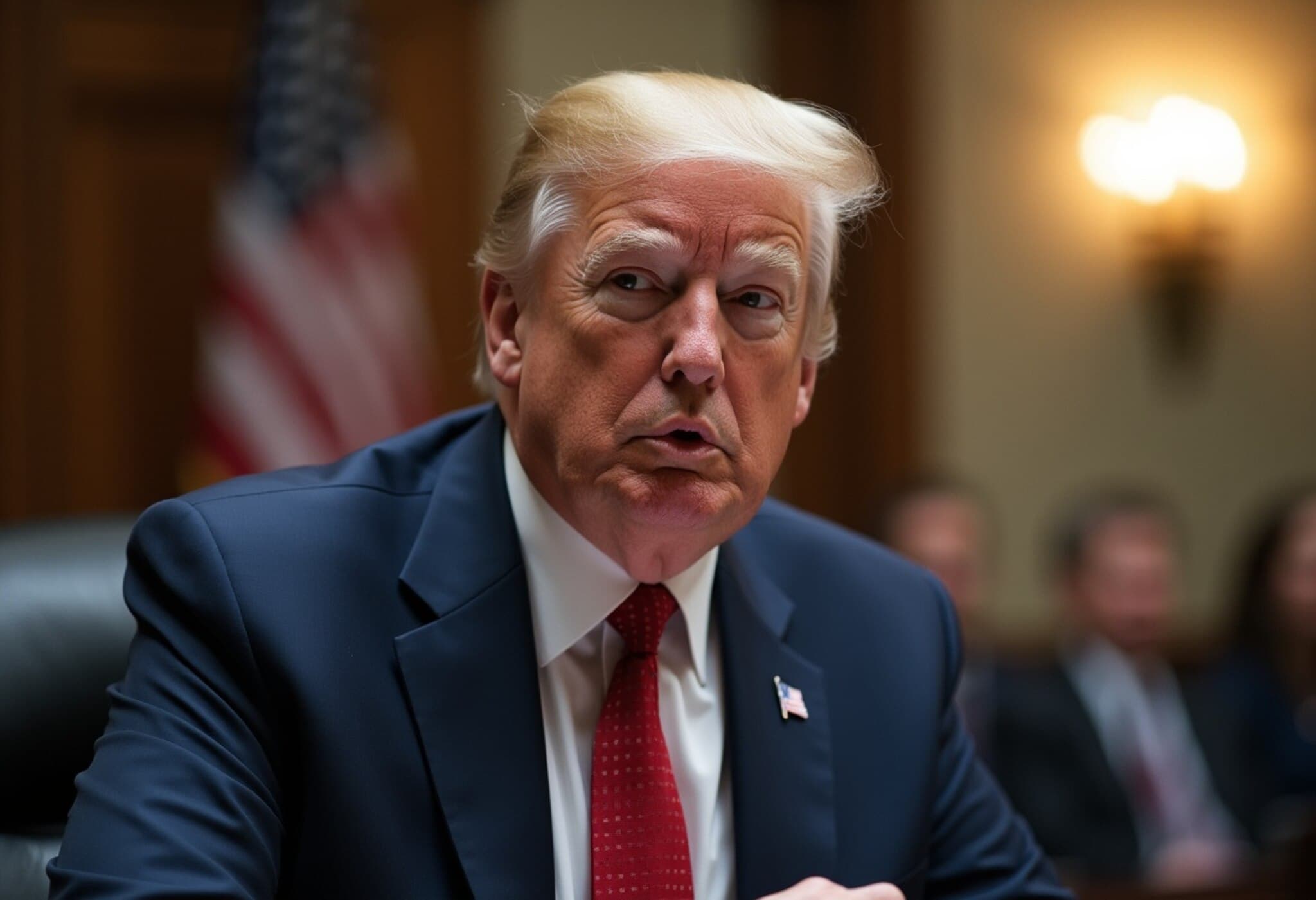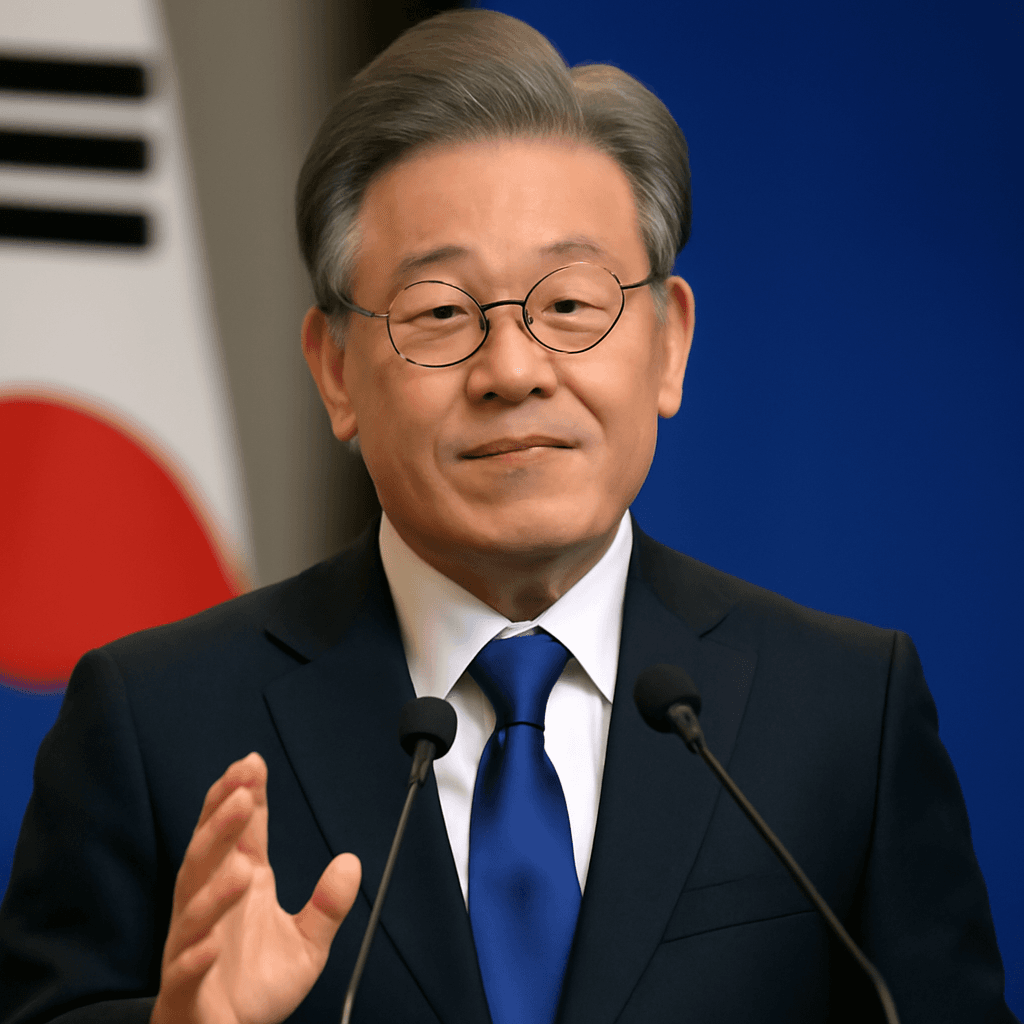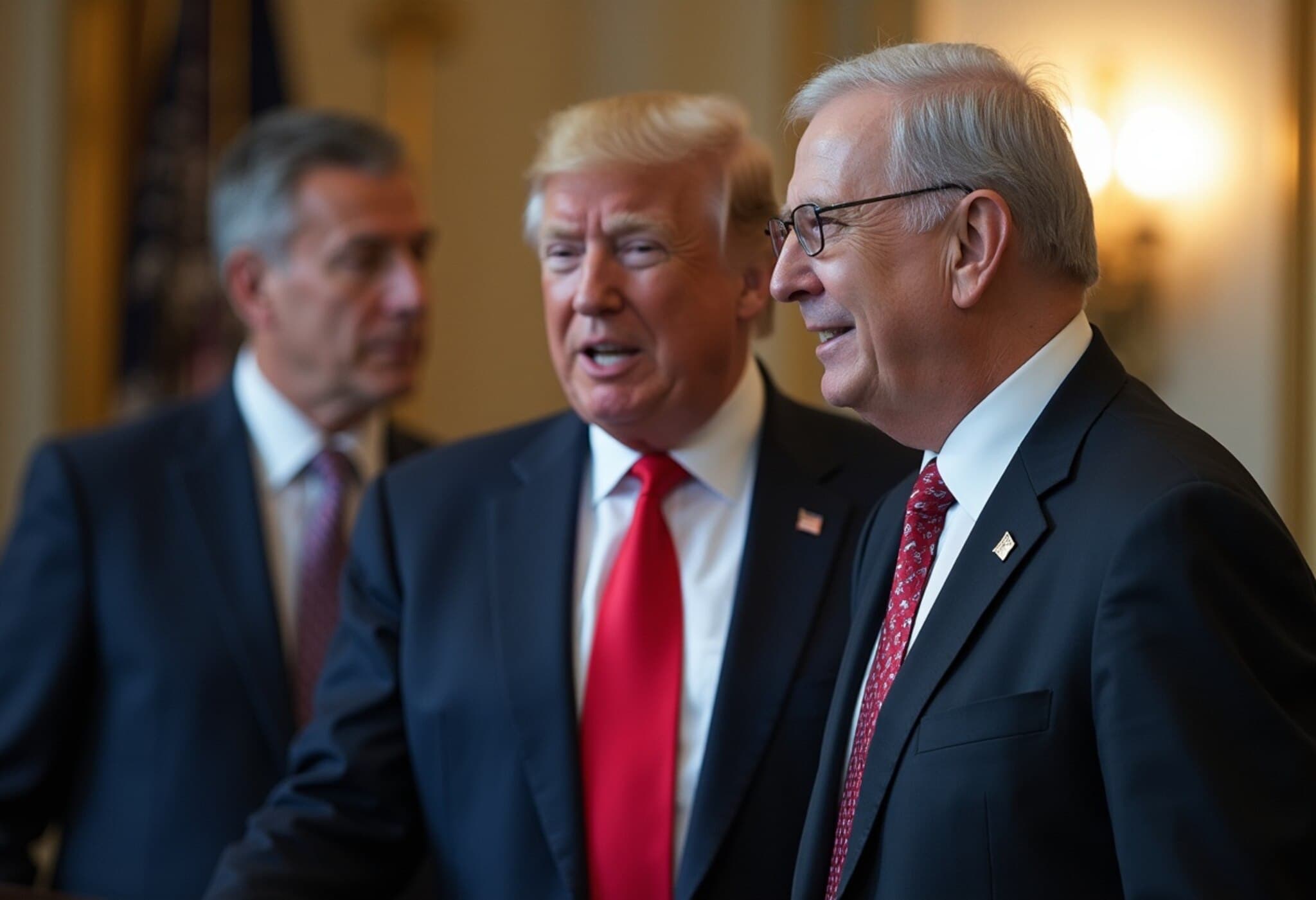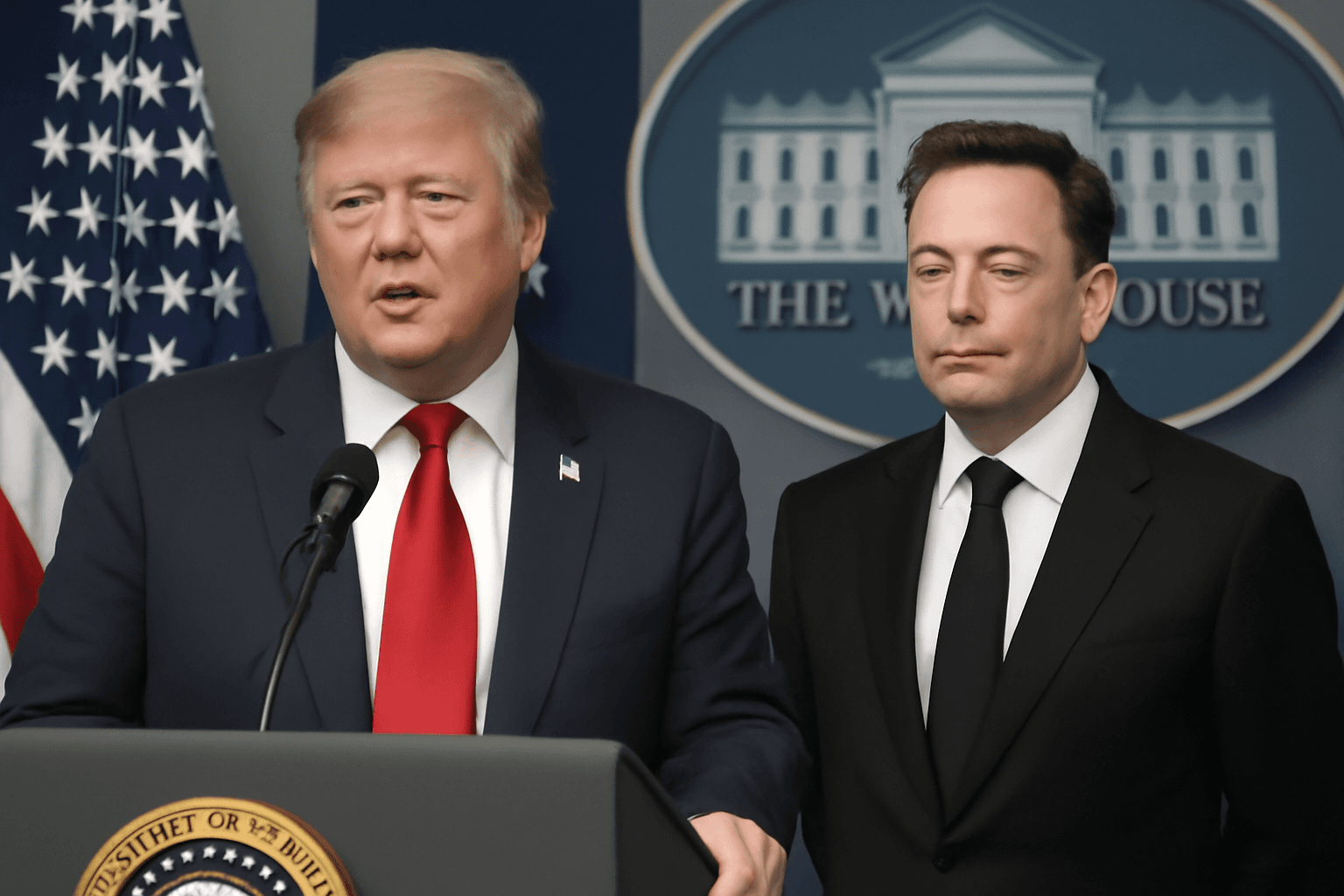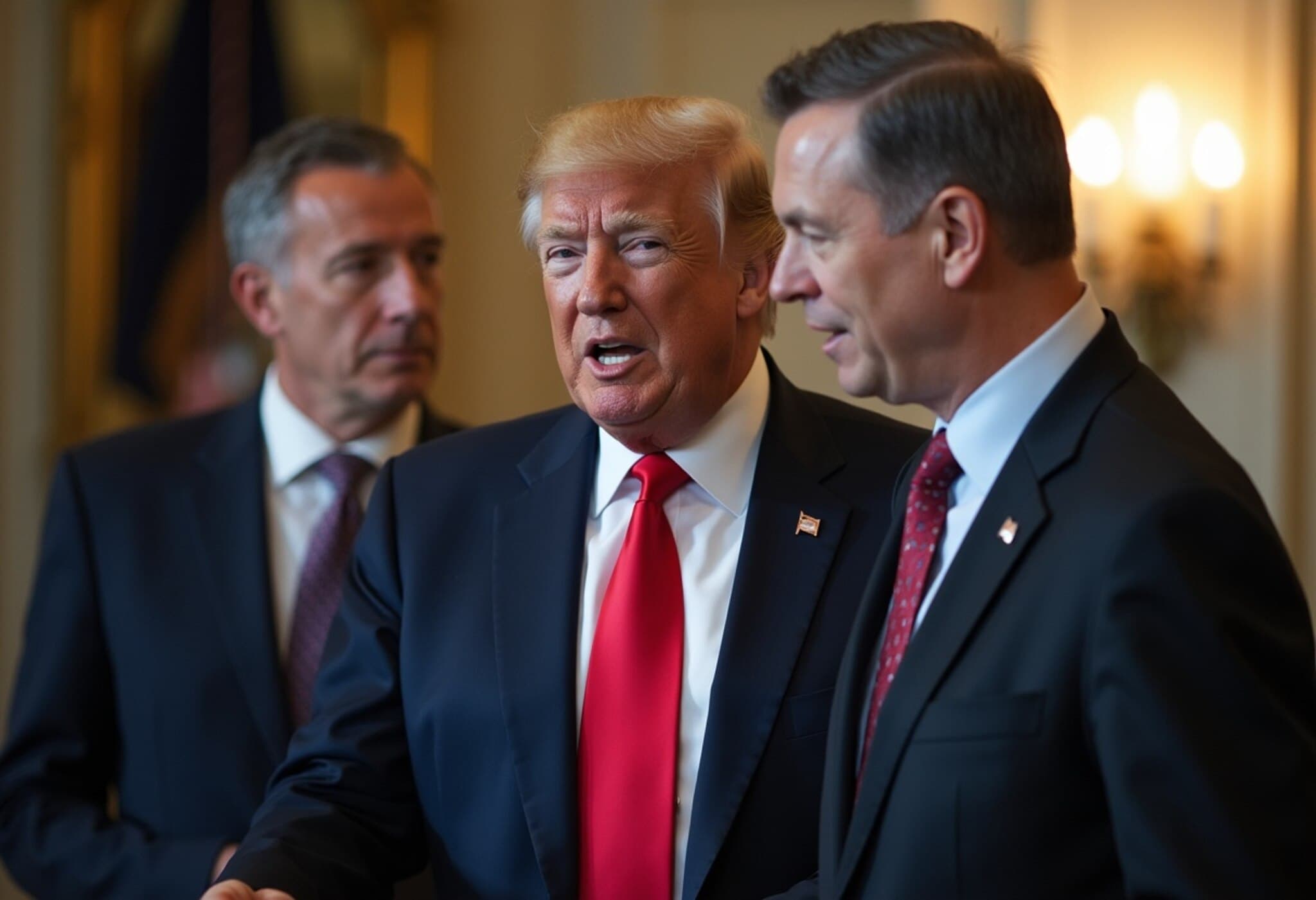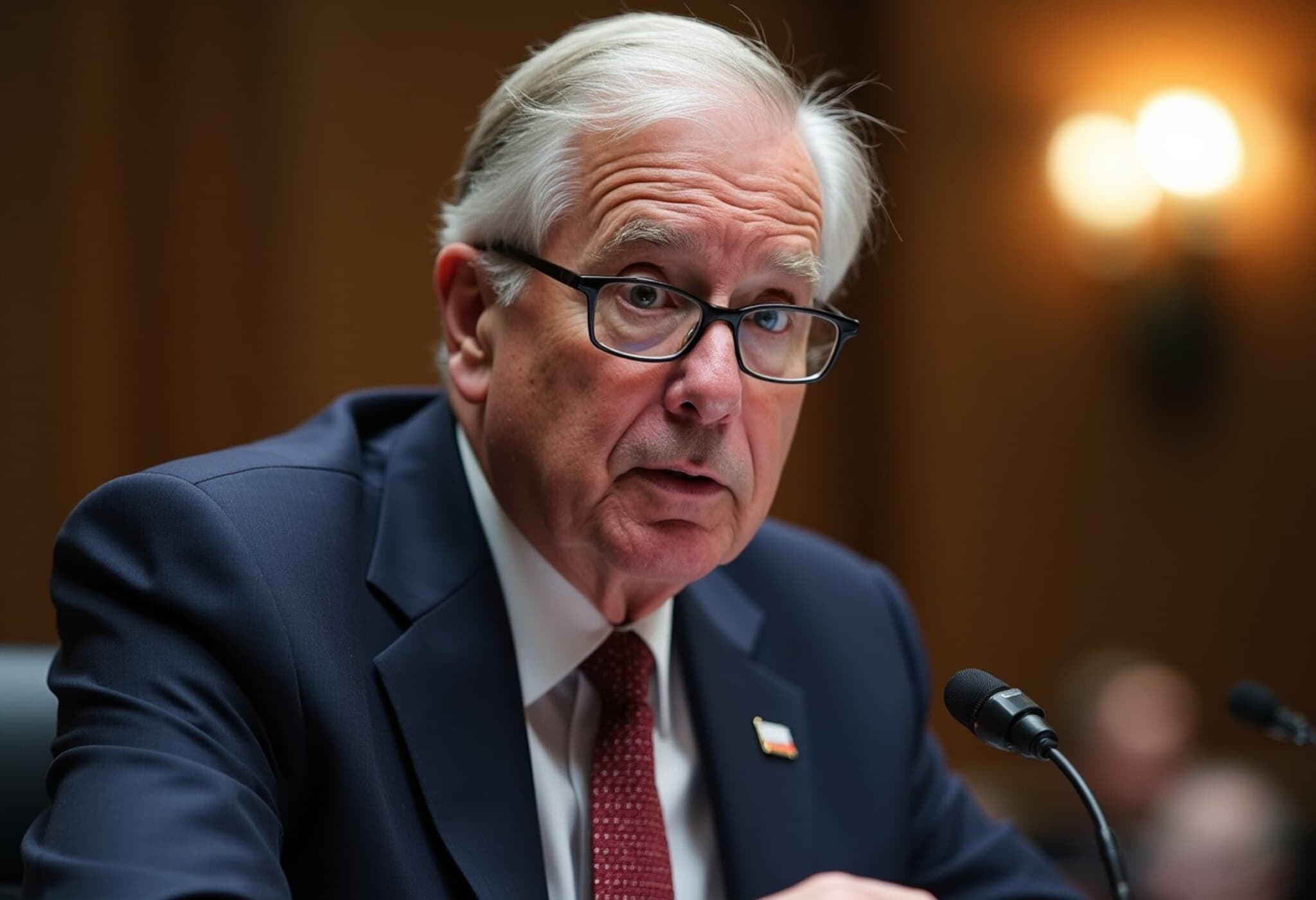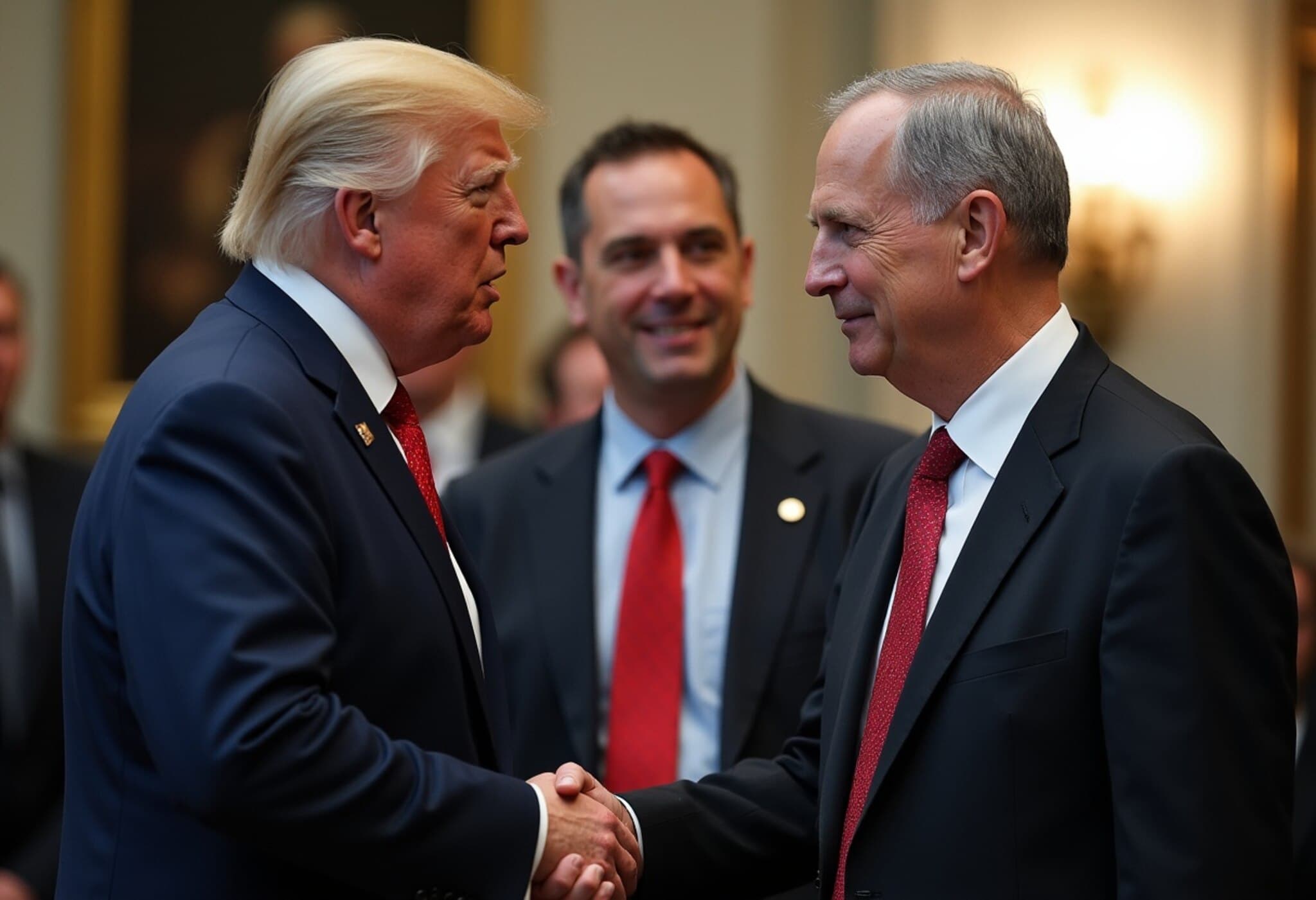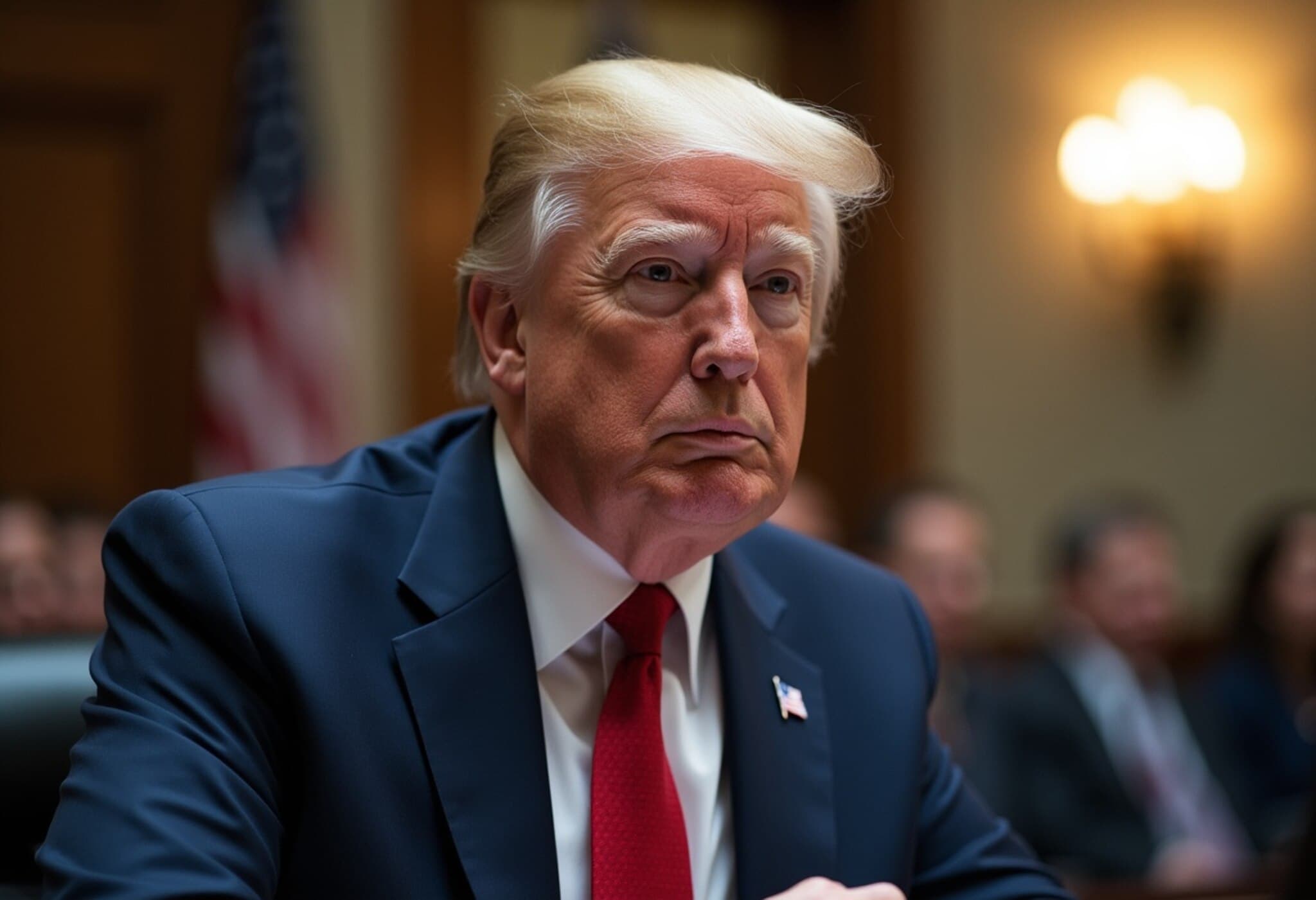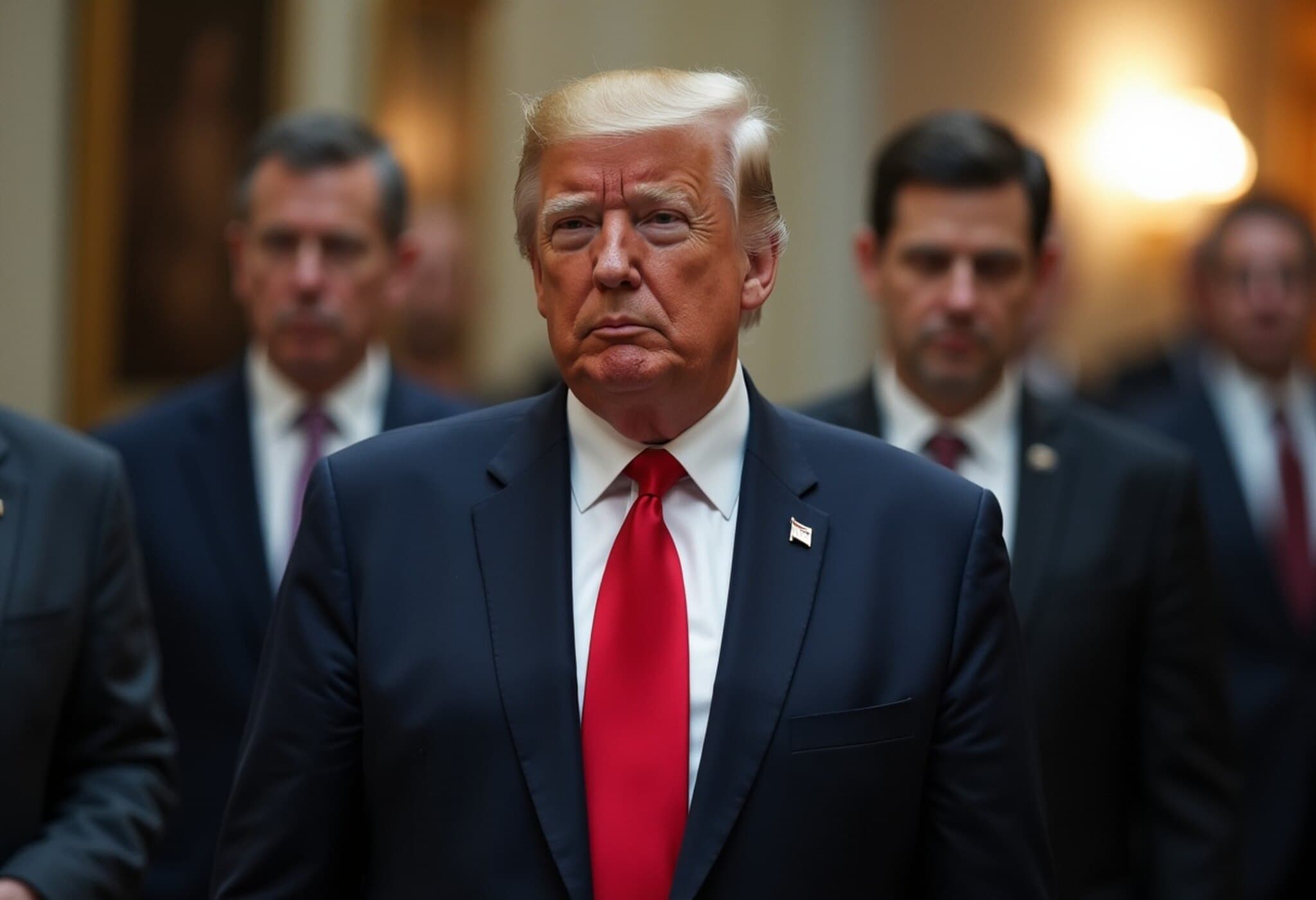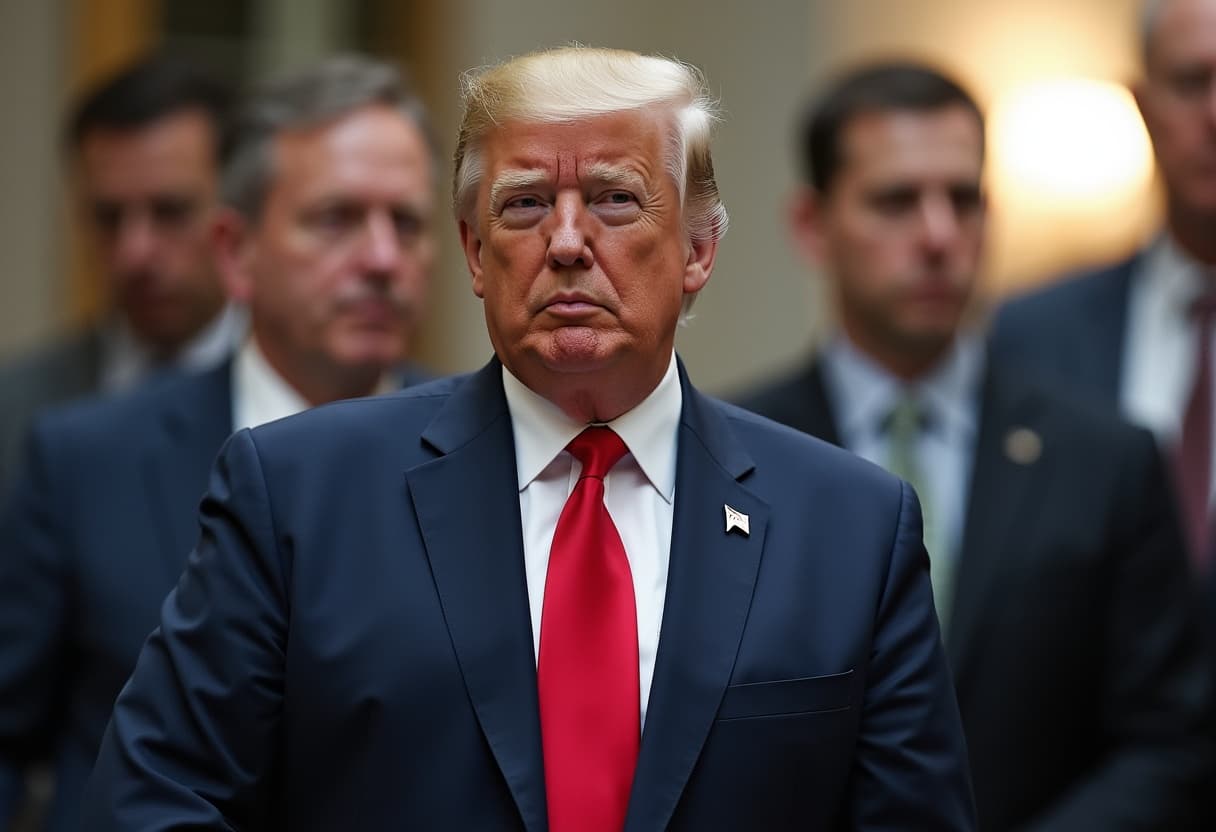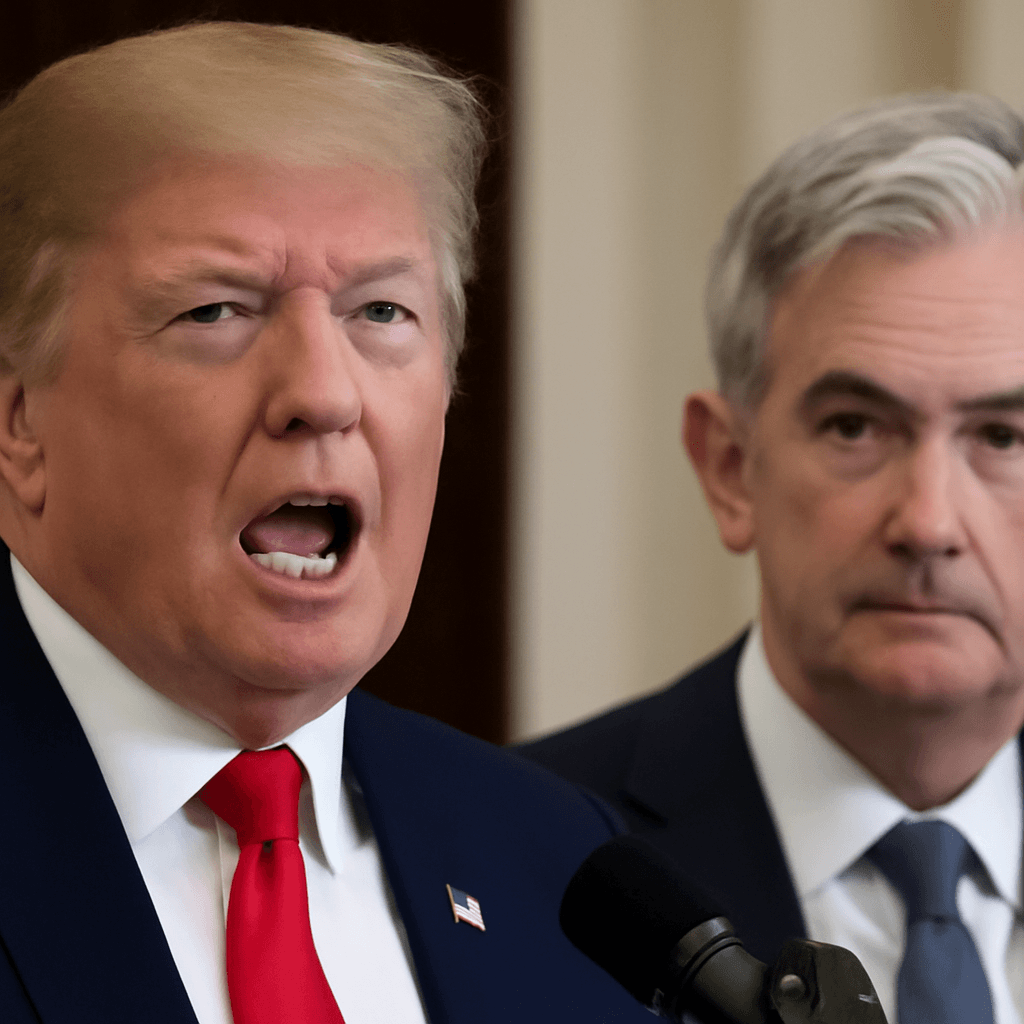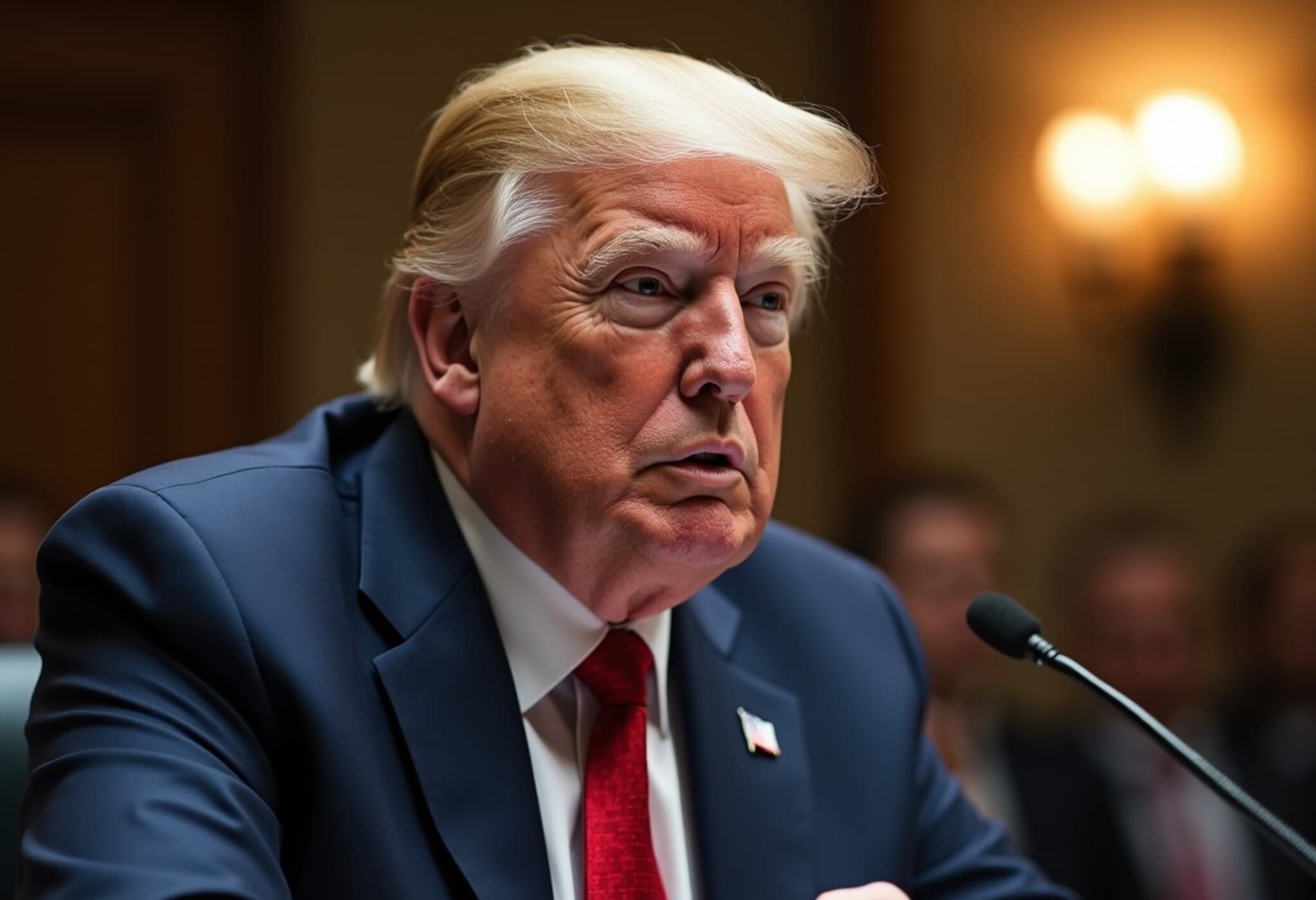Trump and Fed Chair Jerome Powell Engage in Unexpected On-Camera Dispute Over Federal Reserve Renovation Expenses
In a striking and unusually public showdown, President Donald Trump confronted Federal Reserve Chairman Jerome Powell over the escalating costs of the Federal Reserve’s headquarters renovation project. The exchange, captured on camera, gave the public a rare glimpse into the tensions simmering between the White House and the central bank.
A Face-to-Face Debate Over Billions
During a visit to the Federal Reserve's historic building in Washington, D.C., Trump asserted that the renovation expenses had surged to $3.1 billion, a figure notably higher than the Fed’s official estimate of $2.5 billion. Trump physically handed Powell a folded note displaying the higher figure, prompting a candid fact-check moment before media eyes.
Chairman Powell, maintaining a composed demeanor, gently questioned the claim, asking, “Are you including the Martin renovation?… You just added in a third building.” Trump retorted, “It’s a building that’s being built,” to which Powell corrected, “No, it was built five years ago.”
This exchange highlighted the discrepancies in interpreting renovation costs, raising critical questions about transparency and public communication about government expenditures on federal infrastructure.
The Larger Context: A Prolonged Feud
This spat is more than just about numbers; it embodies the deeper, ongoing conflict between Trump and Powell. Since Powell’s appointment, Trump has increasingly criticized the Fed for its monetary policies, particularly around interest rates, which the president blames for restraining economic growth and cooling the housing market.
Following the tour, Trump addressed the media independently, emphasizing the need to lower interest rates, lamenting that rising borrowing costs have made homeownership out of reach for many Americans. Yet, the Federal Reserve and Powell have indicated that interest rates are likely to remain at the current 4.3% level, underscoring the bank’s commitment to balancing inflation control with economic stability.
A Not-So-Fireable Offense?
Previously threatening to remove Powell before the end of his term in May 2026, Trump appeared to soften his stance during this episode. When pressed whether the renovation cost overruns amounted to grounds for dismissal, Trump replied, “I don’t want to put this in that category.” This statement suggests a potential thaw in the escalating rhetoric, even if tensions remain palpable.
Expert Insight: Implications for Federal Independence and Public Trust
Experts argue this public clash reflects broader challenges faced by the Federal Reserve in maintaining its independence amid political pressure. The Fed’s autonomy in monetary policy decisions is critical for economic stability, yet confrontations like these can undermine public confidence.
Transparency in government spending, especially on costly projects like the Fed’s renovation, is equally important. This incident sheds light on how differing interpretations of government budgets can fuel mistrust and political conflict.
Looking Ahead
- The Federal Reserve is expected to continue balancing inflation and growth without significant policy shifts in the near term.
- Political scrutiny of government expenditures, particularly high-profile projects, will likely intensify amid pressures to promote fiscal responsibility.
- Monitoring the evolving relationship between the White House and the Federal Reserve remains essential in assessing U.S. economic policy direction.
Editor's Note
What does this altercation reveal about the intersection of politics and monetary policymaking in America? Beyond the spectacle of a public spat lies a serious discourse on accountability, transparency, and institutional independence. As the Fed navigates complex economic challenges, maintaining clear communication with the public and Congress will be vital to preserving trust and ensuring policies serve the broader public interest.
In an age where economic decisions profoundly impact everyday lives—from mortgage accessibility to job markets—scrutinizing such high-stakes interactions can help citizens better understand and engage with the forces shaping their financial reality.


